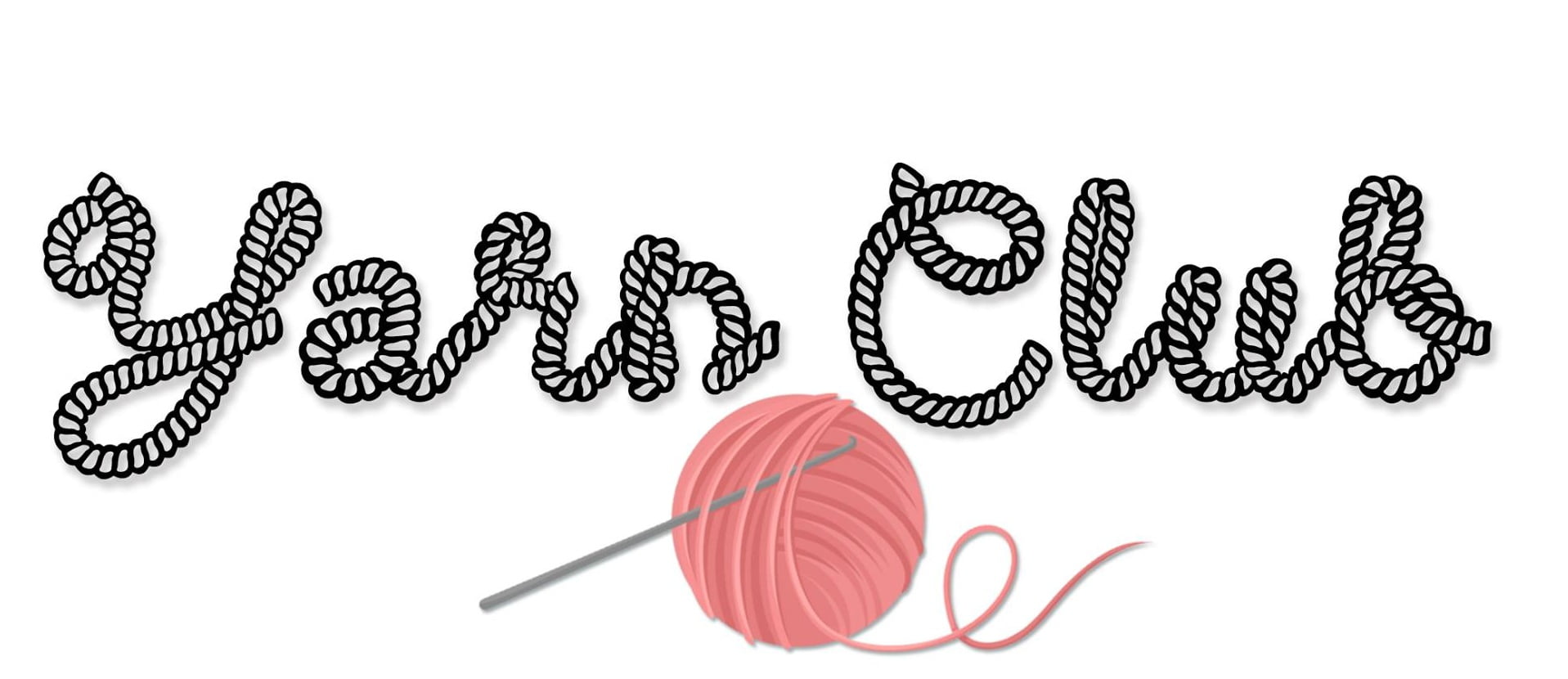Beginning the Work With Color A
So, let’s begin by crocheting a few rows of double crochet in Color A. When you are ready to change colors (to Color B), you will almost complete the row that you’re working on with Color A. You will totally complete the row in Color B and use Color B to work the next row. To begin the process of changing colors, work as far as the last single crochet stitch in the row, but leave the last double crochet stitch unfinished.
-
Preparing to Change Colors
Before working that final stitch, grab Color B with your crochet hook.
Completing the Color Change
Pull up a loop with Color B.
You might have to tug gently on the yarn end of Color A to keep the Color A loops from getting too big. This gets easier with practice. For now, just work on getting the motions down.
To Cut, or Not to CutIf you plan to use color A again within the next few rows, don’t cut the yarn; leave it attached so that you can carry it up the sides and avoid having to weave in ends. Note that this is an optional choice. You can cut it and weave in ends even if you are going to switch back and forth from row to row. The preference for most crocheters is to avoid weaving in ends so that is why this is recommended.
If you don’t plan to use Color A again within the next few rows (or simply prefer not to carry the yarn up the sides) then it is time to cut Color A. Leave a long tail of yarn – at least six inches or so. You will have to weave this end in later.
Alternatively, in some cases, you may be able to work overtop of the end. This is not as secure a method as weaving in the ends, particularly not if you crochet loosely or if you are working in a lacy stitch pattern. The main advantage is that it’s quicker than weaving in ends. Use this method for projects that won’t be laundered frequently – for example, doll clothes. This technique works best if there is not a lot of contrast between your colors.

:max_bytes(150000):strip_icc():format(webp)/colorchange1-56a1e37c5f9b58b7d0c44a3e.jpg)
:max_bytes(150000):strip_icc():format(webp)/colorchange2-56a1e37c3df78cf7726fa6bb.jpg)
:max_bytes(150000):strip_icc():format(webp)/colorchange3-56a1e37c5f9b58b7d0c44a41.jpg)
:max_bytes(150000):strip_icc():format(webp)/GettyImages-578188535-589139703df78caebcb42b59.jpg)